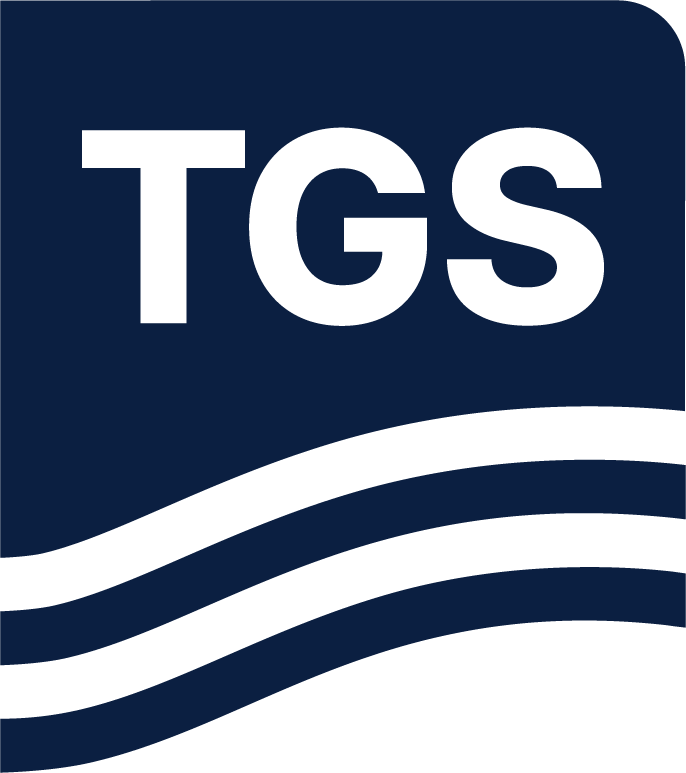Introduction
Exploration for hydrocarbons in various environments has pushed seismic-imaging techniques to evolve continuously in the past decades. The ultimate goal of seismic imaging is to provide a subsurface reflectivity model that accurately delineates underground structures with reliable physical attributes for geologic interpretation. Conventional depth-migration algorithms produce seismic images by extrapolating the source and receiver wavefields and applying imaging conditions. The inconsistency between the ideal imaging principle and the complicated real physics implies that there are always differences between a migration output and the true earth model. Because the difference is unavoidable, a natural way to minimize it is to introduce a geophysical inversion to refine the migration image toward the true reflectivity.
Building on the success of full-waveform inversion (FWI) for velocity model building, we can also apply iterative data-fitting-based inversion to seismic imaging. Pioneer researchers (e.g., Schuster, 1993; Nemeth et al., 1999) propose various inversion-based imaging algorithms to deal with the shortcomings of conventional seismic imaging. Nemeth et al. (1999) present a least-squares inversion approach to suppress the Kirchhoff migration artifacts from incomplete surface data.
More recently, least-squares solutions based on reverse time migration (RTM) (e.g., Dong et al., 2012; Wang et al., 2013; Dong et al., 2014) have been introduced to suppress the artifacts and improve the amplitude behavior of RTM images for real data.

Figure 1. General workflow of LSRTM. The first two modules belong to conventional RTM for the initial model, and the modules below compose the iteration part of LSRTM.
Compared with the conventional migration algorithms that directly apply the imaging condition, the inversion-based imaging method refines depth images through least-squares inversion. Therefore, it is named least-squares migration (LSM). LSM usually consists of multiple steps of conventional migration and demigration. Because of the nature of multiple iterations, LSM has the major advantage that it can gradually fix the errors introduced by the initial migration resulting from theoretical or implemental limitations.
Read the full article here.

